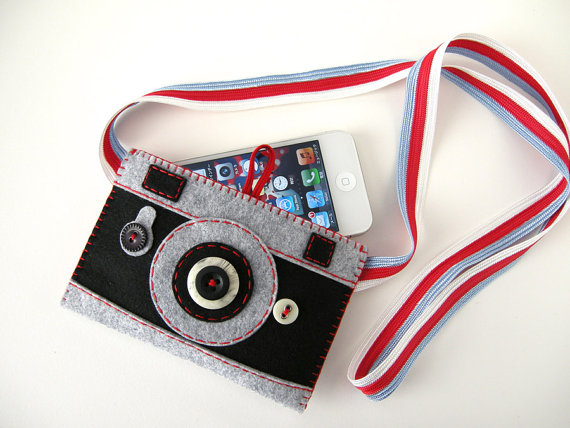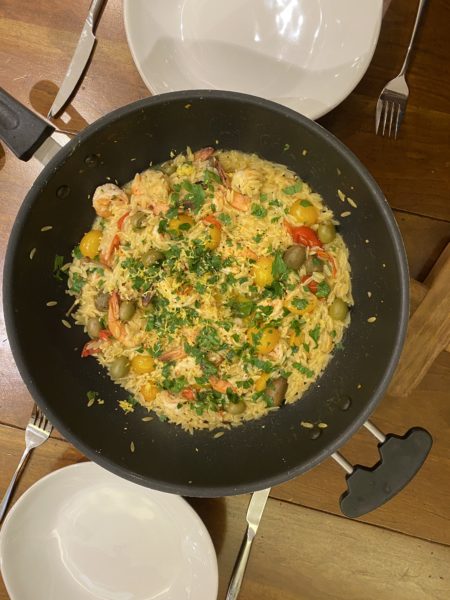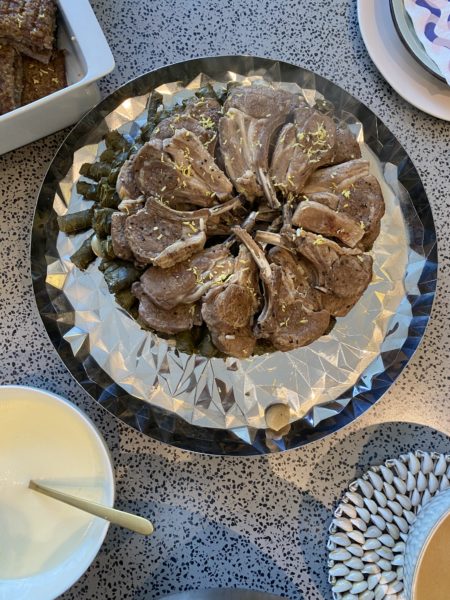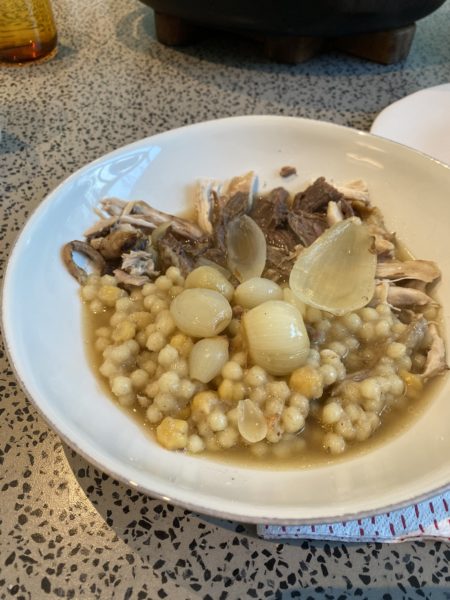If like me you organize your trips around where and what you are going to eat then you may agree that the old (insert name of generic guidebook here) just doesn’t cut it anymore. Not that I have anything against the likes of Lonely Planet, but I find it’s style and recommendations to be more suitable for hitch hikers than urban dwellers, even more so when it comes to food.
Over the years I have developed a methodology to help me find the restaurants, street food and local delicacies that fulfill my culinary curiosity. I never feel like I have quite gotten to know a place unless I can unmistakably tell you where the best places to eat local are. Coincidentally my method also helps me get a grasp of the city I’m in and manage to orient myself like a local.
Here goes nothing:
1/ Check out wikitravel and understand the city’s organisation and neighborhoods

Wikitravel is generally a good place to start when researching a destination. Although it’s not sexy, the repetitive structure of the wiki makes it so that things are understandable at a glance. You will get super practical information on everything from the topography and organization of the city, to public transports and general expenses, to what to do and what to eat. But most importantly it’s all free.
After your visit to the wiki you should have an idea of the neighborhoods you are most likely to enjoy and the places you absolutely cannot miss out on. It doesn’t matter whether these places are museums or stadiums as long as you have a general idea of what this trip is going to be about.
If nothing else, make sure to read the following sections:
- Understand
- Get in
- Get around
- See
- Do
- Eat
2/ Use online travel blogs which are maintained by locals or expats
This one is a little bit trickier. The first barrier is language as locals tend to blog in the local tongue and it’s usually easier to look for blogs by expats. The second is finding a blogger who enjoys the same kind of places / food / esthetics as you.
Although I advise you to chose blogs depending on where you are going, here are a couple that offer great advice and recommendations for most cities.

SPOTTED BY LOCALS
Spotted by Locals is a series of mobile and online city guides with up-to-date tips by locals in 46 cities in Europe & North America. They are by far my favorite travel guide as they really work hard at finding knowledgeable locals who only talk about their absolute favorite spots. In fact most of these ‘locals’ are bloggers themselves.

NY TIMES TRAVEL’S 36 HOURS
Although I find their restaurant suggestions too hip for their own good, the 36 hours of the NY times are usually a very good way to plan your days. Their posts are organized as a series of scheduled activities from museum visits to lunch breaks and they’ll give you a good idea of what you can expect to do / see / visit within the 36 hours timeframe.
3/ Download the right apps
When it comes to applications no single app can really fulfill all your needs. Some have excellent recommendations, others really good content about the city itself. The way I like to do things is by triangulating. I will usually download 2 or 3 apps and go through all of them before travelling. By the time I have arrived to my new destination I am more knowledgeable about it than most. If a place is mentioned in more than one of them, then you can bet it’ll probably be worth it.
When it comes to picking a restaurant, there is always the fear that the apps (as is the case with guides) are recommending a ‘touristy’ place. That’s where foursquare comes in. If I find the restaurant and it is well rated on foursquare, I proceed to checking the comments and pictures. If some of the comments are in the local language then I’ve hit jackpot.
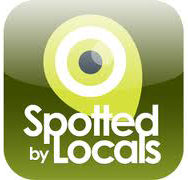
spotted by locals
If the blog is an 8/10, then the application is a 10/10. Although the user interface deserves a revamping, you will never feel like a stranger in a new city ever again. The really cool feature of this application is the offline map that allows you to navigate without 3G, complete with street names and localisation. All the recommendations for a specific city are visible on the map or in a list view and you can filter by type (food, shopping, sight seeing, relaxation). You also have the options of adding things to your list of favorites to make sure you don’t forget.
But that’s not why this app is at the top of my list, the real reason is content. The recommendations are made by locals and you can tell. I’ve had some of the most memorable meals following this application’s recommendation, from Turkish Manti, to Portuguese canned fish to traditional Czech food.

Wallpaper*
With over 100 destinations and 2 million copies sold worldwide the Wallpaper* guides are staples of the urban traveller’s guide collection. These guides (and now apps) have one major advantage: the way they organize their recommendations by neighborhood. Similar to Spotted by Locals, the app comes complete with an offline map where all the must see places are pinned. The difference here is that the colors of the pins represent different neighborhoods. It really comes in handy when trying to plan your day.
Another interesting element to the Wallpaper city guides app is the journalistic content, ranging from interviews with local art scene celebrities to introductions to the city itself.
The only down side to this app are the recommendations themselves. Put together by the Wallpaper* team, the guides’ content is design and architecture minded, and sophisticated hotels, restaurants and shops constitute the bulk of the recommendations. This means that they will often give precedence to the interior design of the restaurant over its food, and most of the shops on their list sell overpriced hipster design objects.
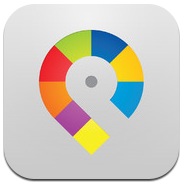
guidepal
Guidepal apps have a slightly different approach to things. They seem to attack the problem from the digital experience angle. Their app comes with a beautiful interface, augmented reality, and they even have an offline map with street numbers and buildings drawn in (which can be super useful in some cities). Their recommendations do not surpass the others, but they make up for it with their extra features.
The app includes an entire section that describes individual neighborhoods. It’s a very good complement to the wallpaper pins. It also comes with a small phrasebook covering most of the sentences you will need to know in the local language, from greetings, to making reservations, to getting around.

foursquare
Foursquare is a good thermometer for restaurants and cafes. When I’m insure about a place I will foursquare it to see what like minded (tech-savy, smartphone users) individuals (both tourists and locals) have said about it.
Sometimes (if you have wifi or 3G) it can help find great places. It’s suggestions are based on where you and your friends have been. You can search for what’s nearby, what you’re craving, and get deals and tips along the way.
4/ Refrain from downloading these apps
There a number of applications that I have been fooled into downloading, wrongly presuming that because they were household names that meant that their advice would be valuable. The following list isn’t exhaustive but it’s a list of those that have failed me the most.

Michelin guide
One would think that if they were looking for a good restaurant one might find it in the world’s most renowned gastronomic guide. Maybe those of you who are familiar with the physical guides will find it easier to do but I could not for the life of me figure out the Michelin app’s rating system. The app categorizes restaurants based on a combination of small symbols (19 of them to be precise) to rate everything from the taste of food to the comfort level inside the restaurant. Unless you have the memory of an elephant it is impossible to memorize the meaning of these symbols and it becomes impossible to decide between one place and another.

Trip Advisor
Another real disappointment is Tripadvisor (both site and app).
Tripadvisor claims to be the most popular and largest travel community in the world, with more than 32 million members and over 75 million reviews of hotels, restaurants, attractions and other travel-related businesses. It has been criticized for allowing unsubstantiated anonymous reviews to be posted about any hotel, B&B, inn or restaurant*.
My beef with trip advisor comes from the relevance of their model. The website is an adopter of user generated content and reviews. Since trip advisor doesn’t actually sell anything (as opposed to booking.com or ebay where reviews can only be made by customers who have actually been to a hotel or purchased something) anyone can anonymously review a restaurant or hotel without even having been there. In the case of major languages like english or french (which are the languages I surf the web with) the greatest numbers of reviews have been written by americans or french. How is that relevant to me? Some restaurants will get terrific reviews just because they were cheap. Others will get horrible reviews because they were too stuck up. How can trip advisor consider that a backpacker and a food blogger’s opinions matter equally?
As I was researching this blogpost I found a number of articles describing the scandal surrounding trip advisor reviews which lead to legal actions in more than one country by Hotel and Restaurant owners. If you’d like to dig deeper, here they are:
Daily Mail: TripAdvisor responds to ‘fake reviews’ controversy with phone lines for aggrieved hotel owners
The Guardian: Why TripAdvisor is getting a bad review
The Telegraph: Tripadvisor reviews: can we trust them?
* Source: Wikipedia: http://en.wikipedia.org/wiki/TripAdvisor#Criticism_and_legal_actions

Lonely planet
My issue with Lonely planet guides is that they are more relevant for backpacking destinations than for urban tourism. I simply don’t find their restaurant and shopping recommendations relevant in cities where things change so fast it’s almost impossible to keep up with the new trendy places when your content has to go through a traditional editorial process.
I hope you will find this technique useful and easy to implement. It has definitely helped me and my travel companions experience a number of cities like true locals and acquire a good chunk of knowledge and information about these places.
P.S: I’m always looking to improve my technique so if you have any applications or steps you would like to add to the process please let me know in the comments section.
